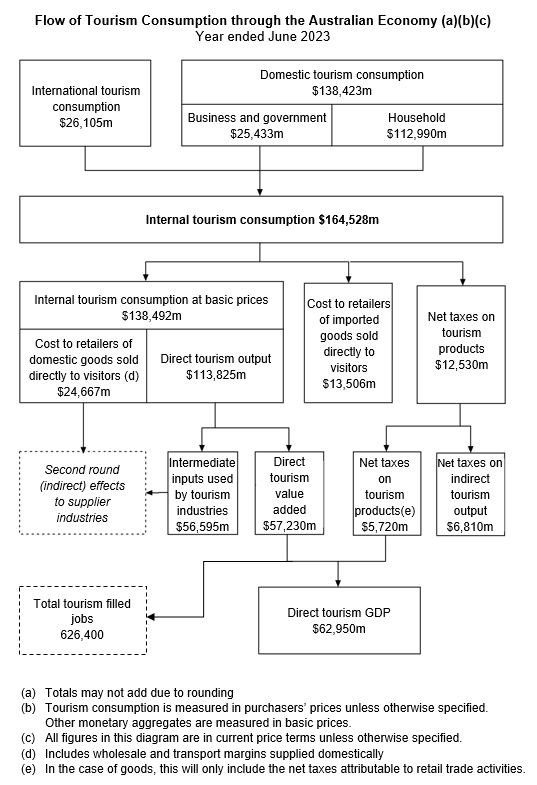Tourism employment for selected industries
[["2015-16","2016-17","2017-18","2018-19","2019-20","2020-21","2021-22","2022-23"],[[187.59999999999999],[193],[212],[216.19999999999999],[184.69999999999999],[155.30000000000001],[154],[212.09999999999999]],[[109.5],[111.3],[115],[120.09999999999999],[93.799999999999997],[72.200000000000003],[74.700000000000003],[107.2]],[[92.900000000000006],[91.700000000000003],[91.900000000000006],[85.200000000000003],[88.900000000000006],[53.899999999999999],[61.5],[84.400000000000006]],[[42],[42.200000000000003],[44.600000000000001],[46.799999999999997],[40.399999999999999],[24.100000000000001],[28],[33.899999999999999]],[[52.899999999999999],[58.799999999999997],[65.799999999999997],[71],[57.100000000000001],[3.1000000000000001],[13.1],[32.700000000000003]]]
[]
[{"axis_id":"0","tick_interval":"","axis_min":"","axis_max":"","axis_title":"","precision":-1,"axis_units":"","tooltip_units":"","table_units":"","data_unit_prefix":"","data_unit_suffix":"","reverse_axis":false}][{"value":"0","axis_id":"0","axis_title":"Tourism employment ('000)","axis_units":"","tooltip_units":"","table_units":"('000)","axis_min":"0","axis_max":"250","tick_interval":"50","precision":"-1","data_unit_prefix":"","data_unit_suffix":"","reverse_axis":false}]